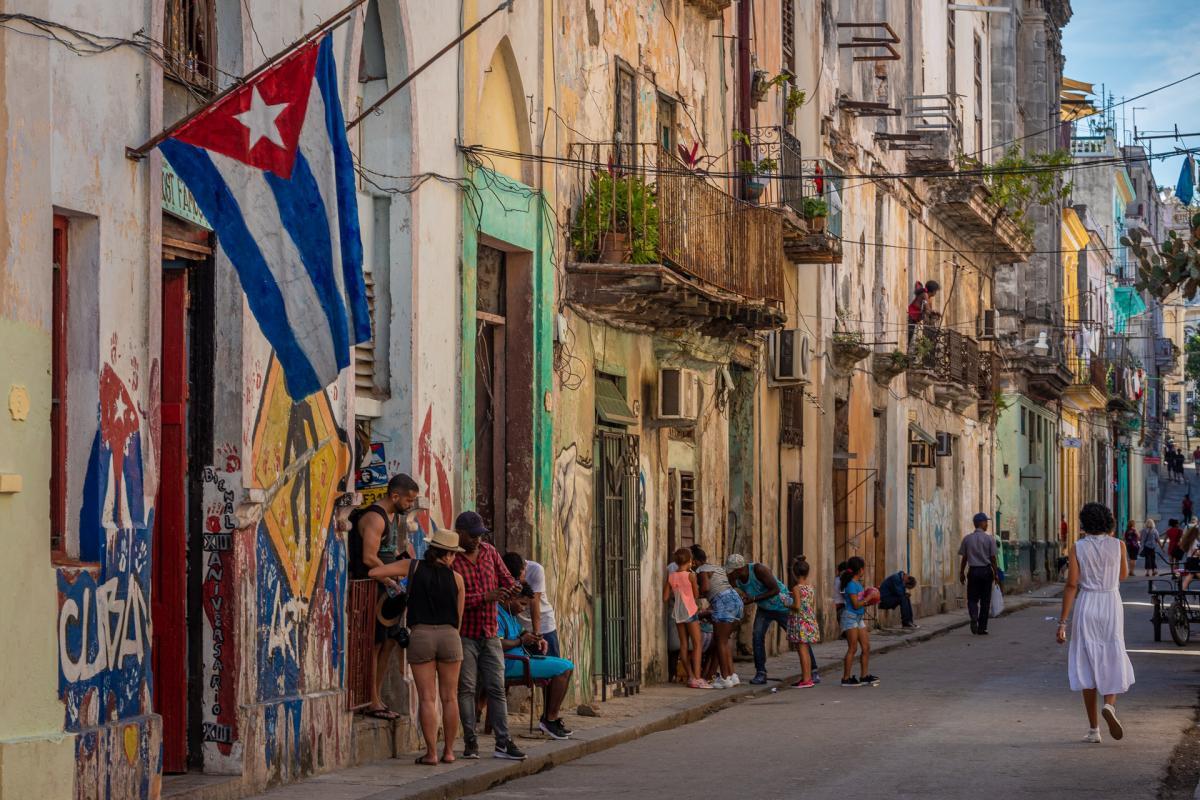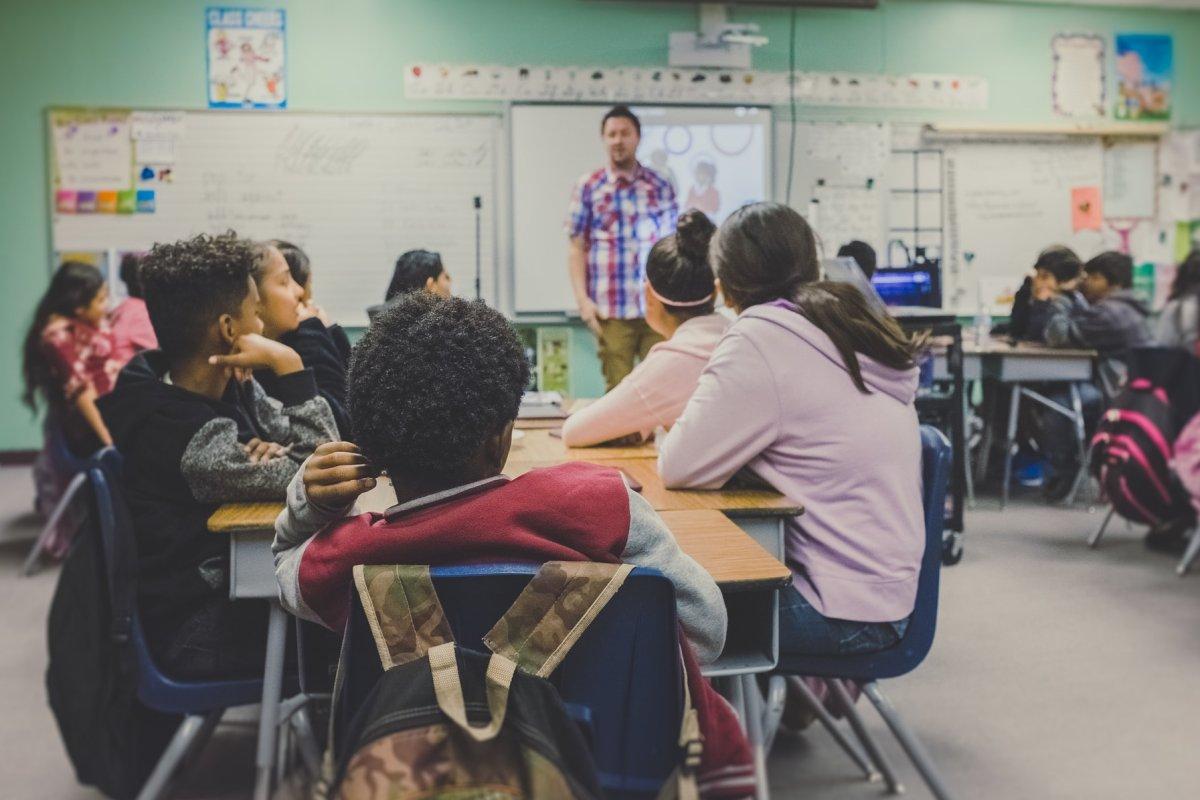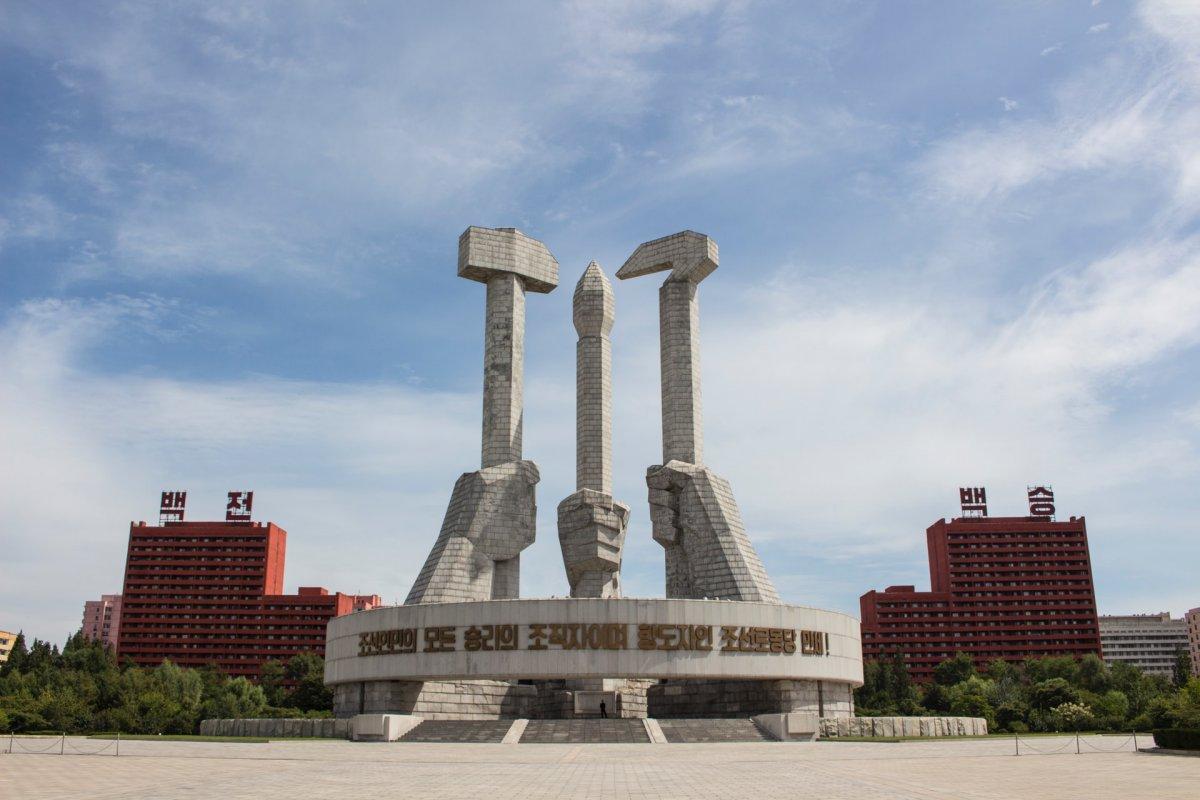23 Norway Education Facts (all about schools in Norway)
Did you know that there are free Norwegian schools where pupils don’t take exams? Or that private schools were forbidden until recently?
Discover more thanks to these 23 Norway education facts you will love to know! 🇳🇴 🎓
The Best Facts About School in Norway
Norway is a large and beautiful country. It is located in Scandinavia, in northern Europe, and has an extensive coastline. Its capital city is Oslo, which has a bit more than 697,000 inhabitants.
An interesting part of the country that I wanted to tackle is its education. In light of that, I have listed my 23 best facts about school in Norway, and I hope you will love them:
1. Until 2005, most private schools were illegal in Norway
Almost every student in Norway goes to public school… because Norwegian law made private schools illegal until 2005!
The only ones that could possibly exist were religious institutes or pedagogic alternatives. However, standard private schools have started to appear since the law was abolished.
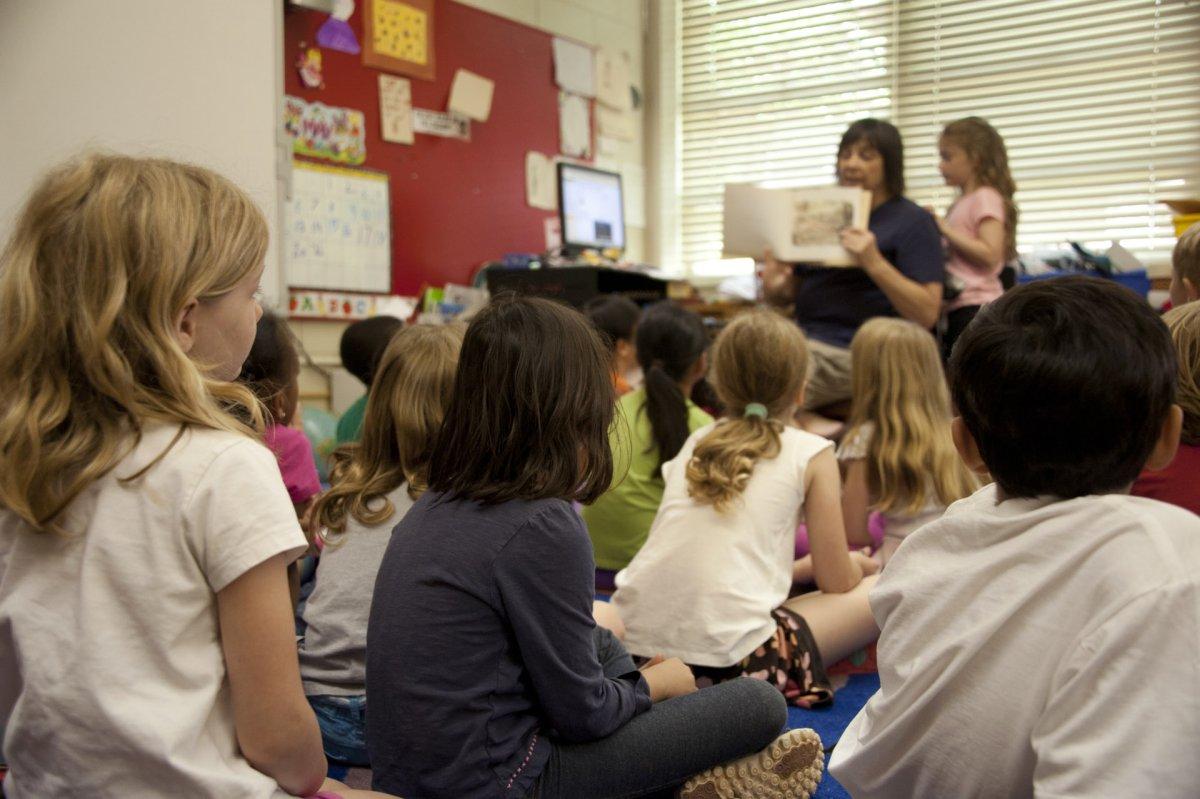
2. Unlike in most countries, more and more Norwegian women take on higher education
In many countries in the world, there is a large gender gap between men and women when it comes to higher education, always favoring men.
In Norway however, the proportion of inhabitants with higher education has increased more among women than men!
3. The Norwegian government makes sure every area is covered when it comes to education
A recurring problem in education all around the world is the fact that urban areas are far more advanced than rural, isolated areas.
In Norway, the government always makes sure everyone has access to education, by funding these smaller towns. Thus, some colleges have been established in the countryside.
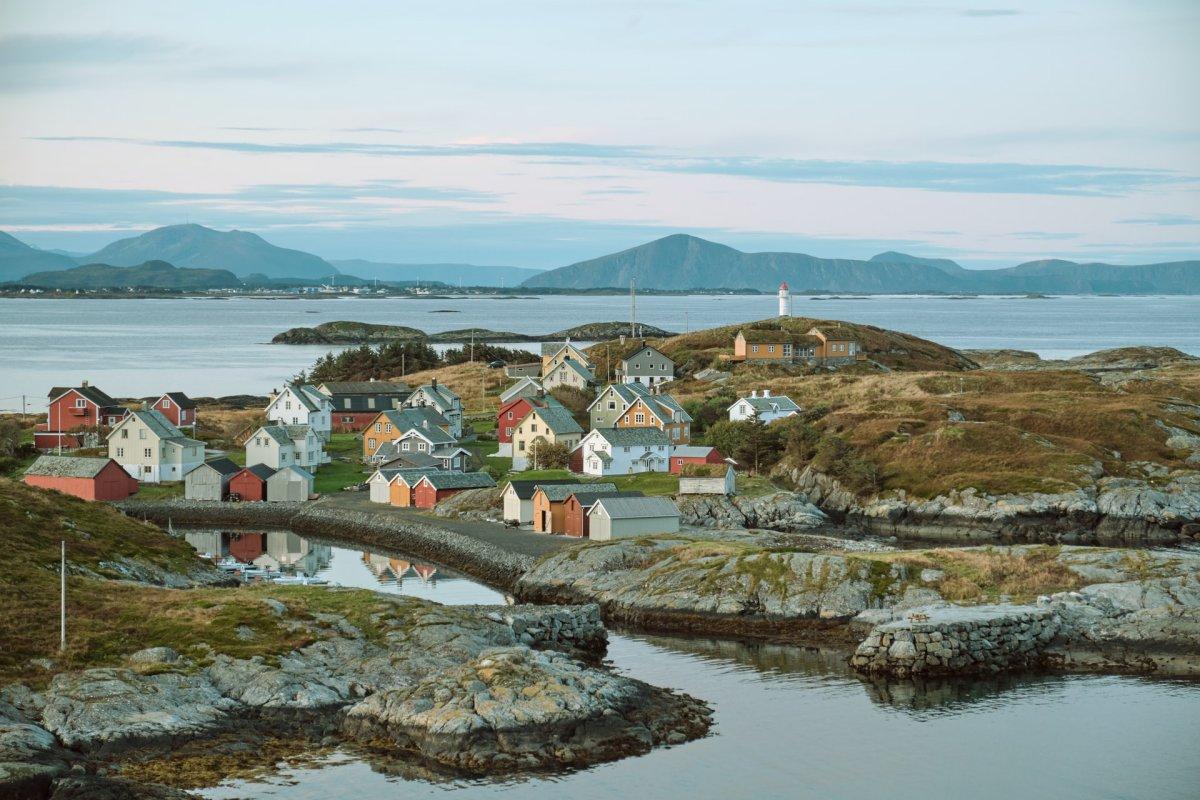
4. Student life is very rich in Norway
For the majority of students in Norway, life is rich, social, and active.
Many of them decide to have part-time jobs on top of their studies, in order to gain work experience and make money. International students can also get a part-time job, but it is limited to 20 hours a week.
5. Living in Norway is very comfortable
Norway is a very interesting destination for international degree-seeking students. Not only is the education of high quality, but living in the country is also very comfortable.
The living standard as a whole is indeed high, anywhere in the country but mostly in big cities like Oslo.
6. Norwegian students are very aware of environmental issues
Something that more countries should do is be aware of environmental issues as much as Norway is.
Norwegian families recently decided to limit cars to only one per household, and students almost always use public transports, which is very developed in the biggest cities.

7. Studies are combined with outdoor experiences in Norway
Considering how beautiful Norway is, it would be a shame if students could not enjoy the unique fjords and majestic mountains.
Because of this, it is not uncommon to see students enjoying the Northern lights (Aurora Borealis) and any nature experience in general. The wilderness is never far from wherever they are in Norway.
8. The Norwegian society as a whole is very modern and equalitarian
Another great reason to study in Norway is the fact that the society as a whole is very modern.
Equality has always been an extremely important value in Norwegian society, both in people’s mindsets and in legislation. Because of this, you will have no trouble being accepted as you are in the Norwegian education system. Teaching is also innovative.
9. English is very important in Norway
The Norwegian government has quickly understood how important English is nowadays.
Because of this, many degree programs and courses are taught in English. This is ideal for international students, of course, but also benefits locals who are very proficient in English.
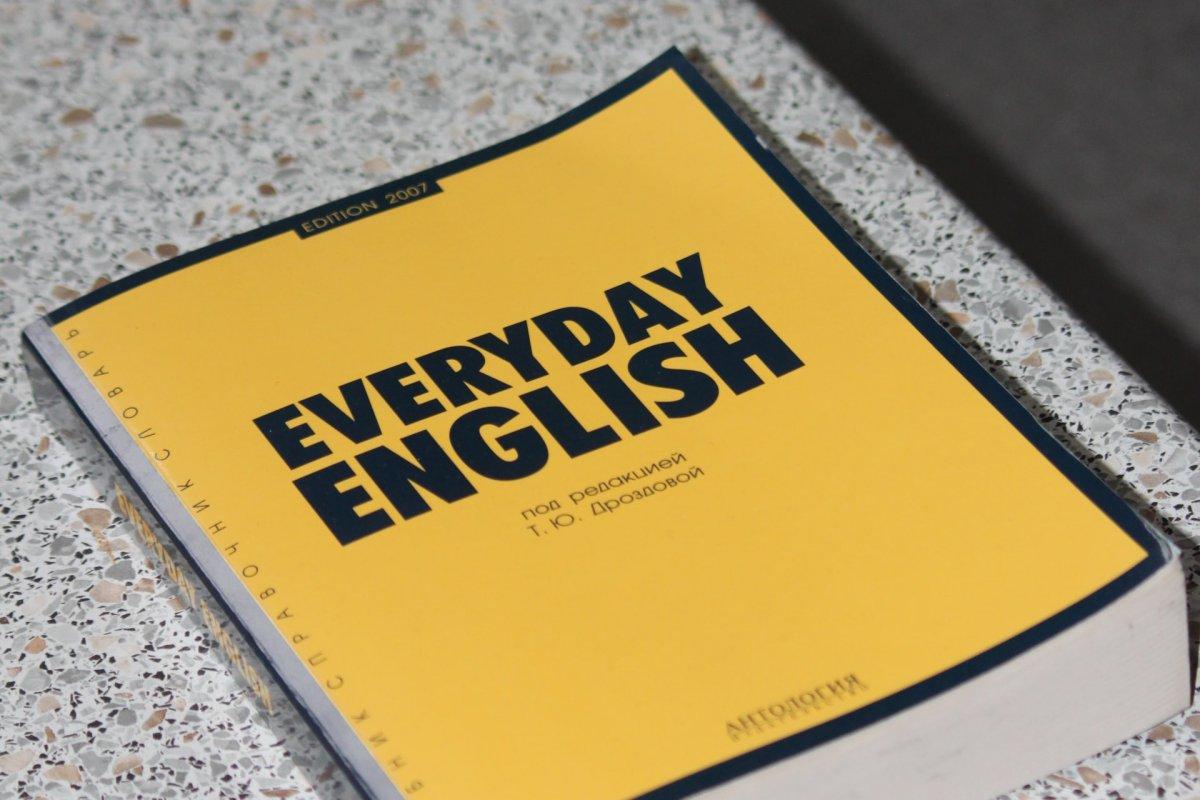
10. Almost every Norwegian kid attends kindergarten
Despite them not being compulsory, kindergartens are highly sought after in Norway.
In fact, depending on the region, the percentage of children aged 1 to 5 in Norwegian kindergartens ranges from 88.2 to 94.4, whilst the country average is 91.3 percent.
11. There is post-secondary vocational education in Norway
After secondary education, students can attend post-secondary vocational institutes in Norway.
This type of education is not considered higher education, yet it is only attainable by completing upper secondary education. It lasts from 6 months to 2 years in general.
12. Folk high schools are alternative boarding schools in Norway
Folk schools are specific to Scandinavia, though they are starting to spread. They are a very unique alternative way of education.
In Norwegian folk high schools, there are no examinations, nor student fees. However, students need to pay to live in the halls of residence as well as their school materials.
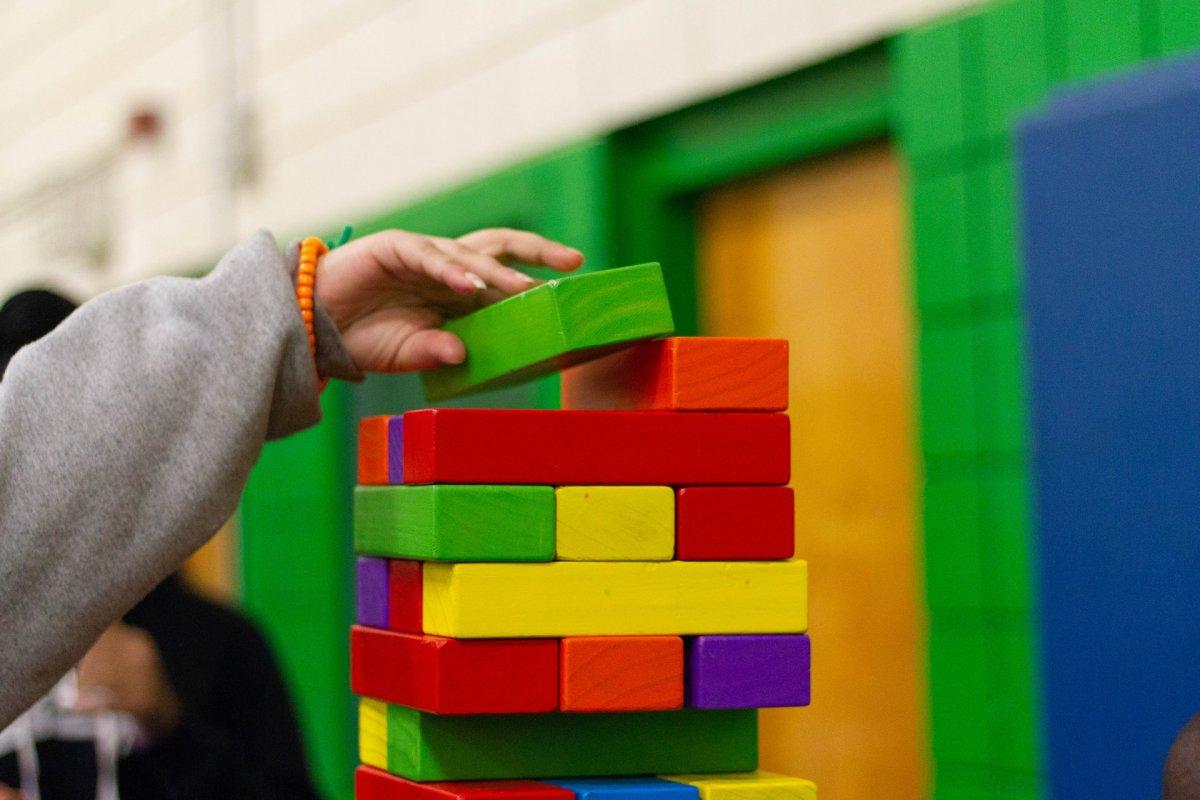
13. Lifelong learning is popular in Norway and enables adults to always keep learning
If, for various reasons, a Norwegian adult does not have the necessary basic skills despite how good the education system is, lifelong learning is a solution to that problem.
Its goal is to develop adults’ qualifications in general, and it can provide any primary and secondary education, as well as continuing programs.
14. In Norway, adults always want to know more and to get more qualifications
Many Norwegians take part in lifelong learning. Not only does it help people with no basic skills, but it can also lead to additional diplomas through further education programs.
This is a great way for people to update their competence and improve their ability to adapt, whether they want to radically change jobs, try something else, or are just curious.
15. Norwegian employees can leave their job for up to 3 years to attend additional courses
Lifelong learning is taken very seriously in Norway, even by employers.
Because of this, all Norwegian employees are entitled to partial or full leave for a maximum of 3 years, in order to attend specific courses of education. Most of these courses take place in vocational schools.
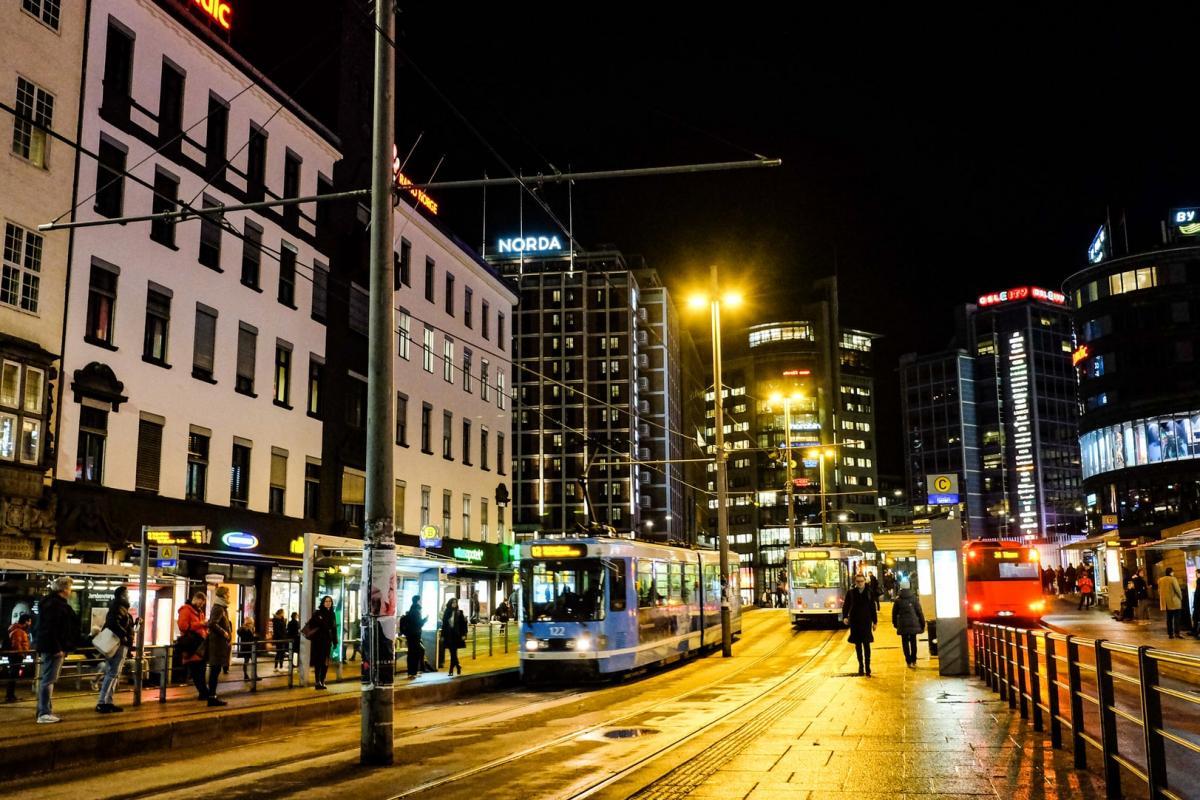
16. The education sector and the labor market are closely connected in Norway
A good reason for the Norway education system to be that good is the fact that Norwegian students find a job quite easily.
This is made possible because the education sector and the labor market are closely connected in the country, so courses are constantly adapted to the market needs.
17. Even though most education is free in Norway, there are still grants and loans
Everything is being taken care of in Norway, even financial issues which should not happen that often.
Student loans are interest-free in the country, at least for the duration of their studies. For specific situations like students living on their own, they can have part of their loan converted into a grant when they complete their education.
18. Educators in Norway have three possible titles, depending on their qualifications
With their different degrees, Norwegian teachers have different titles.
The first one is the preschool teacher: he teaches in kindergartens and in the first 4 grades of primary school, and he needs a bachelor’s degree.
The second one is the adjunct teacher: he teaches in lower secondary schools, and sometimes high schools, and needs to be specialized.
Finally, the last one is a lecturer, who teaches in upper secondary schools and high schools and has a master’s degree.

And that is it for the best 18 interesting facts about the education system in Norway…. Wait, did I say 18? Oh yes, because there are 5 more of them, dedicated to free education in Norway, coming right up:
Is Education Free in Norway?
As you will see in this part, there are many financial advantages when it comes to the school system in Norway.
Here are 5 more facts about “is education free in Norway?”:
19. There are no tuition fees in public universities in Norway
Yes, you read that right. Despite higher education tuition fees being through the roof in the United States, there are none in Norway!
No matter the country of origin of a student, they will not be charged any fee to study in public Norwegian universities.
20. Education is of high quality in many Norwegian institutes
You might think that because the Norwegian school system is free, it must mean that it is of very poor quality.
However, that is far from being the case. In fact, it is very good! Most people probably think that because a university is funded by the state, it cannot provide quality teaching.
21. International students are very surprised when they come to Norway
Over the past few years, Norway has become a very important international hub for students.
The vast majority of them, no matter where they come from, are very surprised to learn that higher education is free and of high quality in Norway, which is not the case in their country of origin.
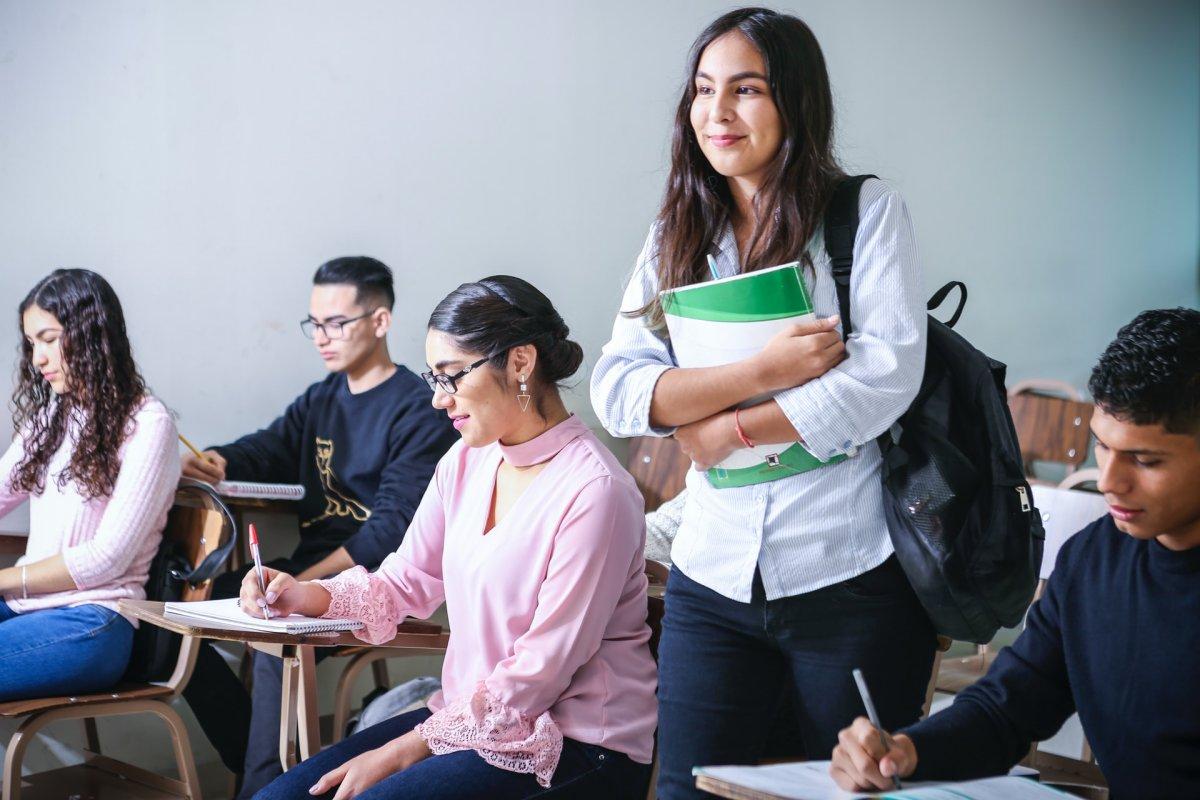
22. Living in Norway is quite expensive
Before packing your suitcase and leaving for Norway as soon as possible, you must remember that living in Norway can be quite expensive, at least compared to many other European countries.
Of course, living costs are adapted to your income… but you don’t have any yet as a student!
23. Norwegian students need to pay a very small tuition fee each semester
In some universities like the University of Bergen, Norwegian students need to pay a very small fee each semester (around 60€, or $70).
This is only for locals though, as international students are exempt from this little fee while keeping the same advantages.
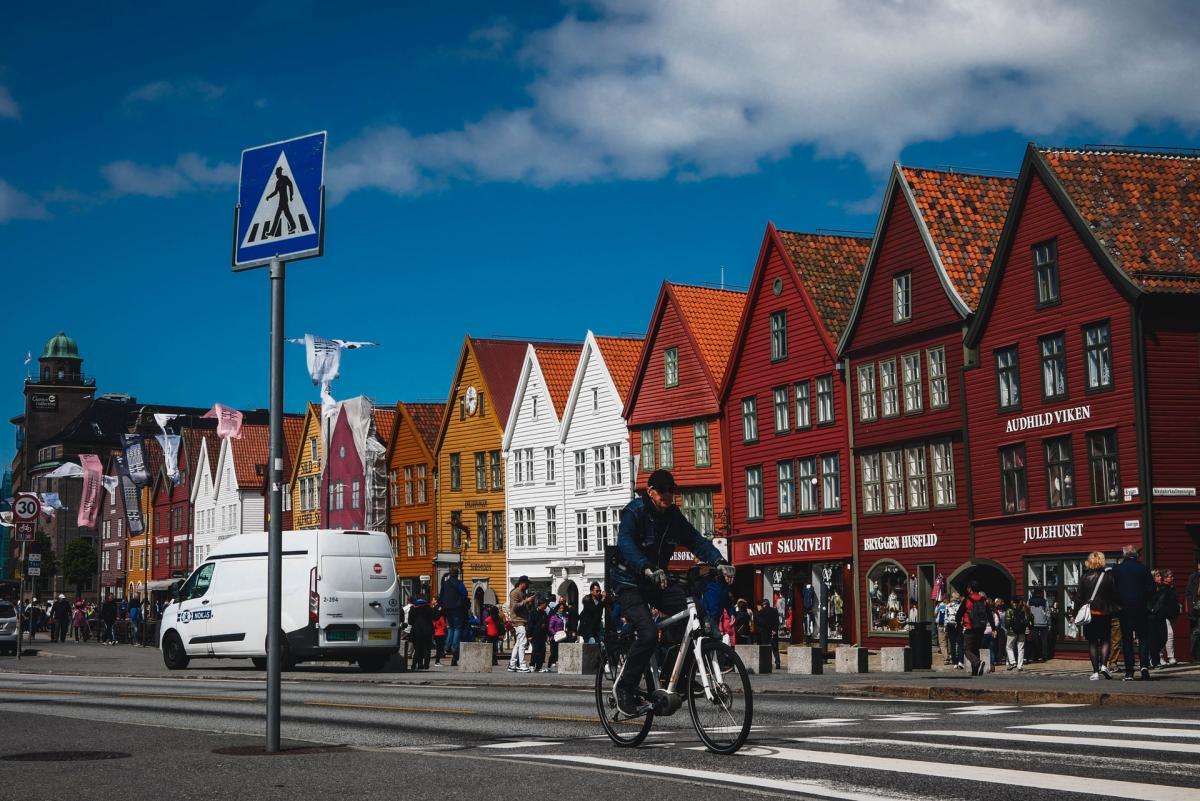
So there you have them, these were all my 23 interesting facts about Norway schools. I hope you enjoyed them and that you learned something new today.
In case you want to learn more about the rest of the country, feel free to keep reading, as I still have lots of things to tell you about:
Norwegian School Hours
Let’s keep going with our next part, dedicated to Norwegian school hours. The typical school schedule in one country can often be very different from your own, and it’s always interesting to have more details on how students go on about their day.
Norway Primary School Schedule
There are 3 parts in the Norway school system: elementary school or primary education, lower secondary education, and upper secondary education.
Education is compulsory for children aged 6 to 16. Most schools only offer one level, so students need to change schools whenever they go from elementary to lower secondary, and from lower secondary to upper secondary.
The school year in Norway typically runs from mid-August to late June of the following year.
Each school day starts at around 8:15 AM before ending at 1:10 or 1:55 PM. There are also 3 breaks during the day: lunch and two recesses.

Norwegian High School Schedule
When it comes to high school in Norway, it is at that time that students (aged 12 or 13) start getting grades for their work.
Students have to choose from another language than Norwegian and English in grade 8, usually among the following: German, French, and Spanish.
There is an examination in grade 10, leading to upper secondary school.
Upper secondary school is based on primary schools. The only possible private schools in Norway are either religious or pedagogic alternatives, but more general ones started to appear in 2005.
General Facts About Schooling in Norway
This last part is dedicated to general facts about schooling in Norway. More specifically, we’ll check 2 key figures that will give you a better understanding of Norway education level.
Enrollment in tertiary education for Norway: 76.12%
(Average for regions: Sub-Saharan Africa: 8.6% | South Asia: 20.8% | Arab States: 36.4% | East Asia: 36.5% | Latin America: 43.3% | Europe and Central Asia: 62% | North America: 84%)
Data from World Bank EdStats/UNESCO
Norway literacy rate: 100%
(Average for regions: Sub-Saharan Africa: 65.3% | South Asia: 72.9% | Arab States: 79.4% | Latin America: 93.7% | East Asia: 95.8% | Europe and Central Asia: 98.5%)
Data from World Bank EdStats/UNESCO
More Education Facts!
Do you want even more education facts about other countries?
Check out these facts:
Or click here to see ALL the education facts up on the blog!
The Full List of 23 Norwegian School Facts
- Until 2005, most private schools were illegal in Norway
- Unlike in most countries, more and more Norwegian women take on higher education
- The Norwegian government makes sure every area is covered when it comes to education
- Student life is very rich in Norway
- Living in Norway is very comfortable
- Norwegian students are very aware of environmental issues
- Studies are combined with outdoor experiences in Norway
- The Norwegian society as a whole is very modern and equalitarian
- English is very important in Norway
- Almost every Norwegian kid attends kindergarten
- There is post-secondary vocational education in Norway
- Folk high schools are alternative boarding schools in Norway
- Lifelong learning is popular in Norway and enables adults to always keep learning
- In Norway, adults always want to know more and to get more qualifications
- Norwegian employees can leave their job for up to 3 years to attend additional courses
- The education sector and the labor market are closely connected in Norway
- Even though most education is free in Norway, there are still grants and loans
- Educators in Norway have three possible titles, depending on their qualifications
- There are no tuition fees in public universities in Norway
- Education is of high quality in many Norwegian institutes
- International students are very surprised when they come to Norway
- Living in Norway is quite expensive
- Norwegian students need to pay a very small tuition fee each semester
Share the knowledge! Click on the buttons below to share these Norwegian school facts with your friends, and help them learn more about the world 🙂

